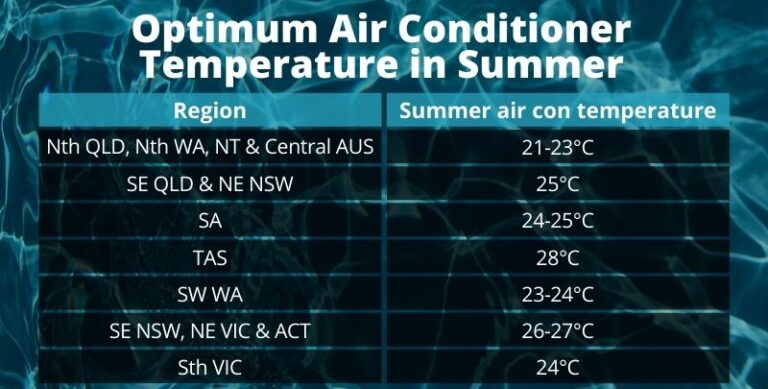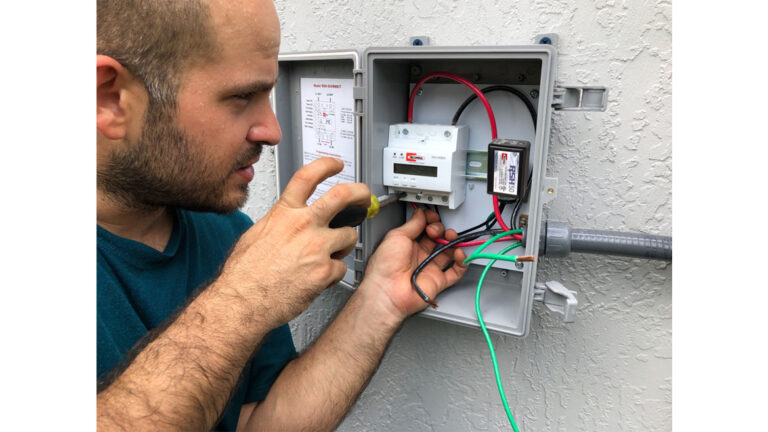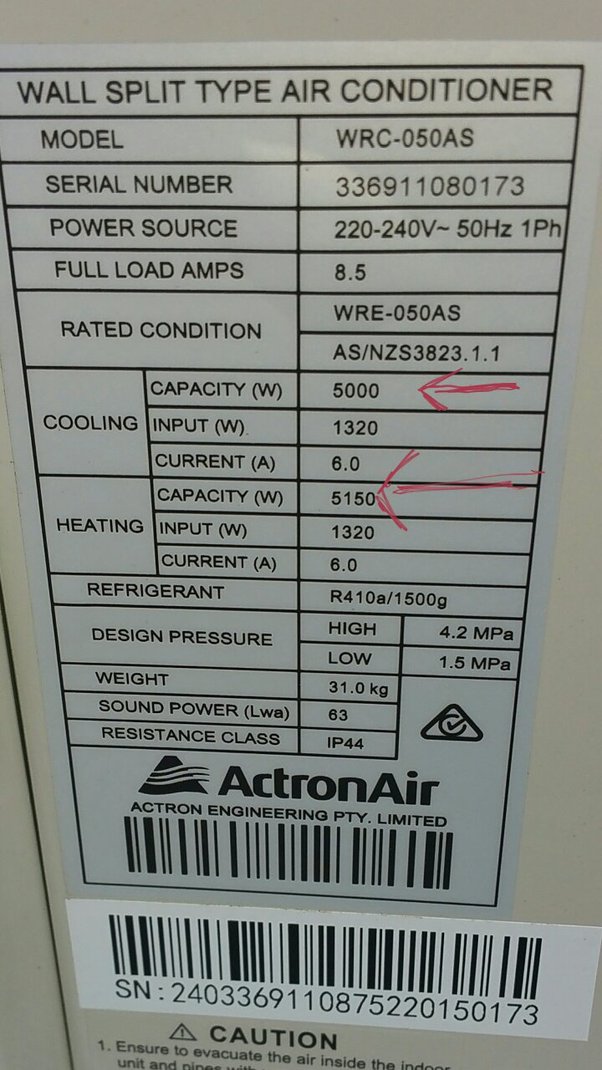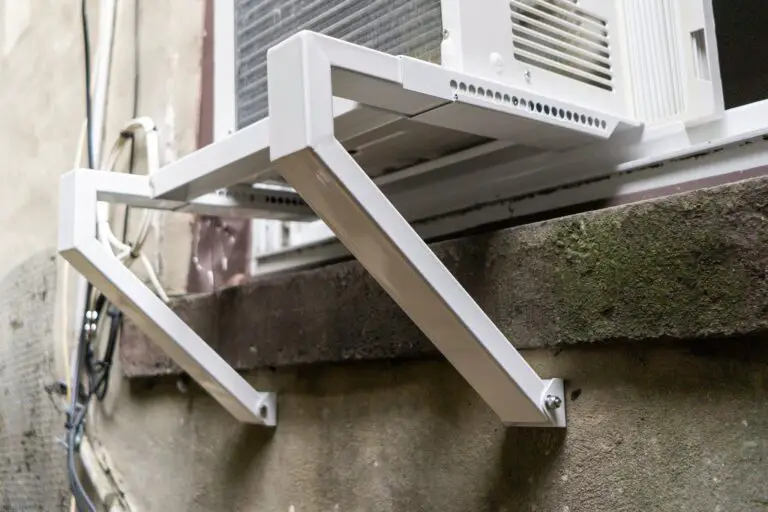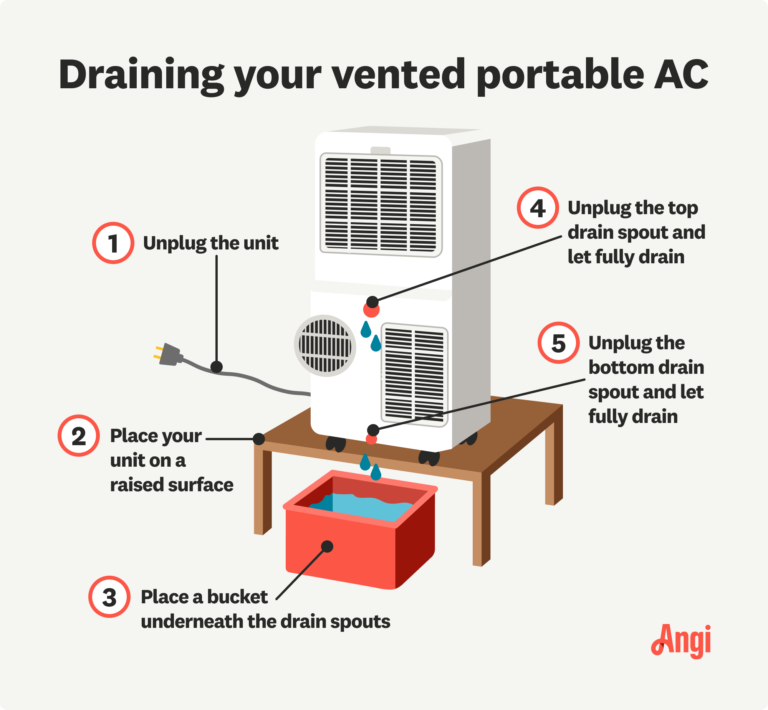How Much Pressure Is On The High Side Of An Air Conditioner: Key Insights
The high side pressure of an air conditioner typically ranges from 200 to 250 psi. This can vary based on specific system conditions.
Air conditioners rely on a refrigeration cycle to cool indoor spaces. The system has two sides: the high-pressure side and the low-pressure side. The high-pressure side, or discharge side, includes the compressor and condenser. Proper pressure in this part is crucial for efficient operation.
High side pressure indicates how well the refrigerant is being condensed from a gas to a liquid. Maintaining the correct pressure ensures optimal cooling performance and prevents damage. Regular maintenance helps keep the system running efficiently. Understanding these pressures helps diagnose issues and maintain an effective cooling system.
Introduction To High Side Pressure
Understanding the high side pressure in air conditioners is crucial. This pressure impacts the system’s performance and efficiency. Air conditioning systems have two main pressure sides: high and low. The high side pressure is vital for overall functionality.
Defining High Side Pressure
High side pressure refers to the pressure within the condenser coils. It’s the pressure after the refrigerant is compressed. This pressure is higher than the low side pressure. The high side pressure is measured in pounds per square inch (PSI).
The compressor increases the refrigerant pressure. It then moves the refrigerant to the condenser. Here, the refrigerant releases heat and cools down. The high side pressure is a key part of this cooling process.
Importance In Air Conditioning Systems
High side pressure affects the efficiency of an air conditioner. Too high or low pressure can signal problems. These issues can reduce cooling efficiency. Regular monitoring ensures the system runs smoothly.
- High pressure can indicate a blockage or overcharge.
- Low pressure can signal a refrigerant leak or compressor issue.
Maintaining correct high side pressure prolongs the system’s life. It ensures the air conditioner provides optimal cooling. Regular checks prevent unexpected breakdowns and costly repairs.
Below is a table outlining the typical high side pressures for different types of air conditioners:
| Type of Air Conditioner | Normal High Side Pressure (PSI) |
|---|---|
| Residential | 150-300 PSI |
| Commercial | 200-400 PSI |
| Industrial | 250-450 PSI |
Components Influencing High Side Pressure
Understanding how much pressure is on the high side of an air conditioner is crucial. Several components influence this pressure, ensuring the system runs efficiently.
Compressor Role
The compressor is the heart of the air conditioner. It plays a vital role in determining high side pressure. The compressor takes low-pressure refrigerant gas from the evaporator. Then, it compresses the gas, increasing its pressure and temperature. This process creates the high side pressure. A properly functioning compressor ensures optimal high side pressure.
Condenser Function
The condenser also significantly impacts high side pressure. The condenser receives high-pressure, high-temperature refrigerant from the compressor. Here, the refrigerant releases heat and cools down, turning into a high-pressure liquid. The efficiency of the condenser directly affects the high side pressure. A clean and well-functioning condenser maintains the correct pressure levels.
Key Factors:
- Refrigerant type and amount
- Ambient temperature
- Airflow over the condenser
| Component | Impact on High Side Pressure |
|---|---|
| Compressor | Increases pressure by compressing gas |
| Condenser | Cools refrigerant, turning it into liquid |
Measuring High Side Pressure
Understanding high side pressure in an air conditioner is crucial. It helps in maintaining the system’s efficiency. This guide explains how to measure high side pressure accurately.
Tools And Instruments
To measure high side pressure, you need specific tools. Here are the essential instruments:
- Manifold Gauge Set: This tool measures pressure in the AC system.
- Thermometer: It checks the temperature of the refrigerant.
- Safety Gear: Always wear gloves and goggles for protection.
Using the right tools ensures accurate readings. Always double-check your instruments before starting.
Standard Pressure Ranges
The high side pressure varies depending on the AC system. Here’s a table showing standard pressure ranges:
| Type of AC System | Standard High Side Pressure (PSI) |
|---|---|
| Residential Systems | 150-250 PSI |
| Commercial Systems | 200-300 PSI |
| Automotive Systems | 250-350 PSI |
Always refer to the manufacturer’s specifications. This ensures you follow the correct pressure ranges.
Credit: www.reddit.com
Factors Affecting High Side Pressure
The pressure on the high side of an air conditioner can vary. Understanding the factors that influence this pressure is crucial. These factors ensure your system runs efficiently and effectively.
Ambient Temperature
Ambient temperature plays a significant role in high side pressure. As the temperature outside rises, the pressure within the system increases. This happens because the air conditioner works harder to cool your space. Here’s a simple table to illustrate the relationship:
| Ambient Temperature (°F) | High Side Pressure (psi) |
|---|---|
| 70 | 210 |
| 80 | 230 |
| 90 | 250 |
| 100 | 270 |
As seen in the table, higher temperatures lead to higher pressures. This means your air conditioner must be maintained correctly to handle these changes.
Refrigerant Levels
Refrigerant levels are another critical factor. If the refrigerant is too low, the system will struggle. This can lead to higher pressures on the high side. Conversely, too much refrigerant can also cause issues. It can lead to increased pressure and potential damage to the system.
Regular checks and maintenance ensure the refrigerant levels are optimal. Here’s a quick checklist to help:
- Check refrigerant levels regularly
- Ensure no leaks in the system
- Refrigerant should be within the manufacturer’s recommended range
Maintaining proper refrigerant levels ensures your air conditioner operates efficiently. It also prolongs the life of the system.
Common Issues With High Side Pressure
Air conditioners are essential in hot weather. They keep homes cool and comfortable. But sometimes, the high side pressure can cause issues. Knowing the symptoms helps you fix problems quickly.
Overpressure Symptoms
High side pressure should stay within a certain range. Overpressure means the pressure is too high. This can harm your air conditioner. Common symptoms include:
- The unit makes loud noises.
- You notice poor cooling performance.
- The compressor overheats and shuts down.
- Ice forms on the evaporator coils.
- High energy bills due to inefficiency.
Underpressure Symptoms
Underpressure occurs when the high side pressure is too low. This can also be problematic. Symptoms of underpressure include:
- The unit struggles to cool the space.
- The compressor runs continuously without cycling off.
- There’s a noticeable hissing sound.
- The air coming out is not as cold as it should be.
- Potential refrigerant leaks.
Monitoring high side pressure helps maintain your air conditioner. Fix issues promptly to avoid costly repairs.
Troubleshooting High Side Pressure Problems
High side pressure problems in air conditioners can cause inefficiency. Troubleshooting these issues can help restore optimal performance. Let’s explore the diagnostic steps and preventive measures to handle high side pressure problems effectively.
Diagnostic Steps
Proper diagnostics can identify the root cause of high side pressure issues. Follow these steps:
- Measure the Pressure: Use a manifold gauge to measure high side pressure.
- Check Refrigerant Levels: Ensure the refrigerant is at the correct level.
- Inspect Condenser Coils: Look for dirt or debris on the coils.
- Examine the Expansion Valve: Ensure the valve is not blocked or malfunctioning.
- Assess the Compressor: Check for any signs of wear or damage.
Preventive Measures
Preventive measures can help avoid high side pressure problems. Here are some key actions:
- Regular Maintenance: Schedule regular inspections and cleanings.
- Refrigerant Management: Maintain the correct refrigerant levels.
- Condenser Care: Keep the condenser coils clean and free of debris.
- Component Checks: Regularly check the expansion valve and compressor for issues.
- System Monitoring: Use gauges to monitor pressure levels periodically.
A well-maintained air conditioner performs efficiently and lasts longer. Following these steps ensures your system runs smoothly.
Maintaining Optimal High Side Pressure
Maintaining optimal high side pressure in your air conditioner is crucial. It ensures the system runs efficiently and lasts longer. Regular checks and professional servicing can keep the pressure in check. Let’s dive into some maintenance tips and the importance of professional servicing.
Regular Maintenance Tips
Regular maintenance is key to keeping high side pressure optimal. Follow these tips to maintain your air conditioner:
- Check and clean the condenser coils regularly.
- Ensure the air filters are clean and replace them if needed.
- Inspect the refrigerant levels to avoid undercharging or overcharging.
- Keep the outdoor unit free from debris and obstructions.
- Monitor the thermostat settings and ensure they are accurate.
Following these tips can help maintain the pressure on the high side. This will ensure your air conditioner runs smoothly and efficiently.
Professional Servicing
While regular maintenance is essential, professional servicing plays a crucial role. A trained technician can perform tasks that require expertise.
- They can accurately measure the high side pressure.
- They can detect and fix refrigerant leaks.
- They can inspect and repair compressor issues.
- They can clean and service the evaporator and condenser coils.
Professional servicing ensures all components work optimally. It helps maintain the right pressure and increases the lifespan of your air conditioner.
Incorporating both regular maintenance and professional servicing can keep your air conditioner in top shape. This approach helps maintain the optimal high side pressure and ensures efficient cooling.

Credit: www.youtube.com
Impact Of High Side Pressure On System Efficiency
Understanding the high side pressure in an air conditioner is crucial. It affects both the energy consumption and cooling performance of the system. Let’s dive into how these aspects are impacted.
Energy Consumption
High side pressure directly influences the energy the air conditioner uses. When the pressure is high, the compressor works harder. This leads to increased power consumption.
| Pressure Level | Energy Use |
|---|---|
| Optimal Pressure | Low Energy Use |
| High Pressure | High Energy Use |
Maintaining optimal pressure helps in reducing the energy bills. It ensures the system runs efficiently without unnecessary strain.
Cooling Performance
High side pressure also affects the cooling performance. When the pressure is too high, the cooling efficiency drops. The system struggles to cool the space effectively.
- High pressure reduces refrigerant flow.
- It causes uneven cooling.
- Rooms may remain warmer.
Maintaining the right pressure ensures the air conditioner cools efficiently. It also prolongs the lifespan of the components.
Monitoring and managing high side pressure is essential. It keeps your air conditioner energy-efficient and effective.
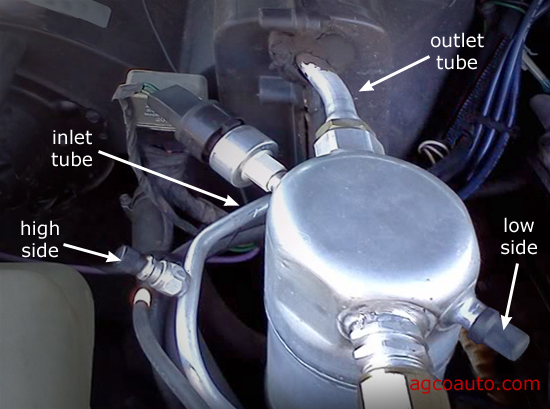
Credit: www.agcoauto.com
Frequently Asked Questions
What Is Normal High Side Ac Pressure?
Normal high side AC pressure ranges between 150 and 250 psi. This depends on ambient temperature and system type. Check your AC manual for specific details.
What Should High Side Pressure Be On 134a?
High side pressure for R-134a refrigerant should typically be between 150-250 psi. Always refer to manufacturer specifications.
What Is The High Pressure Value For Ac?
The high pressure value for an AC system typically ranges between 200 to 250 PSI. This can vary by system type.
Conclusion
Understanding the high side pressure of an air conditioner is crucial for optimal performance. Monitoring these pressures helps ensure efficiency and longevity. Regular maintenance can prevent costly repairs. Keep an eye on your system’s pressure levels to enjoy consistent, cool air.
Always consult a professional for accurate readings and advice.


